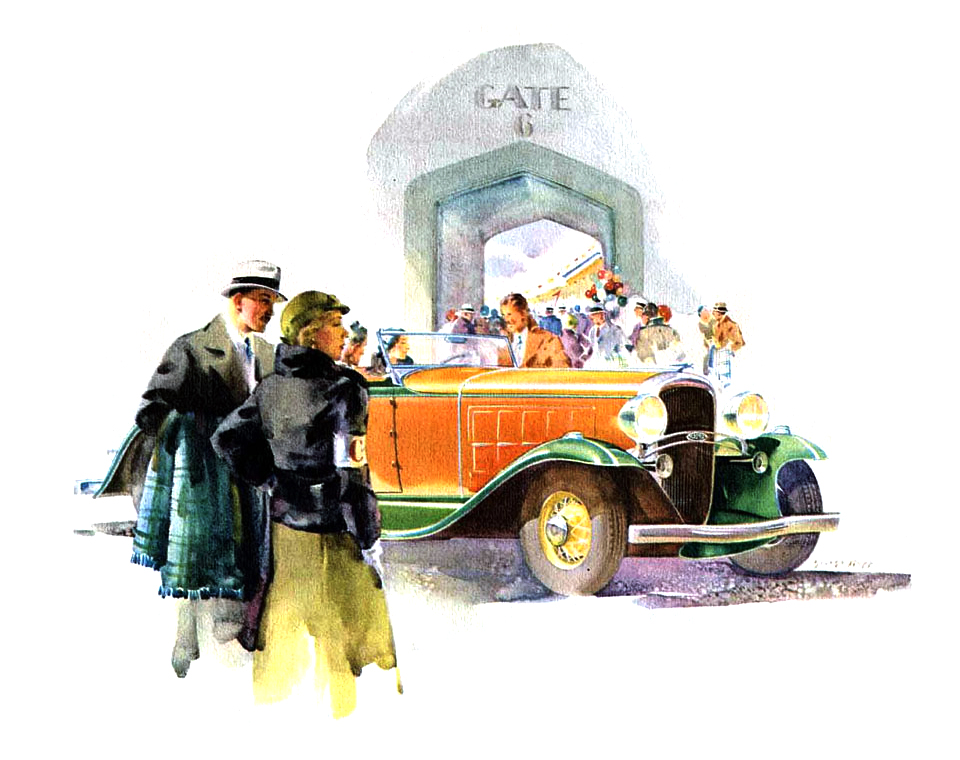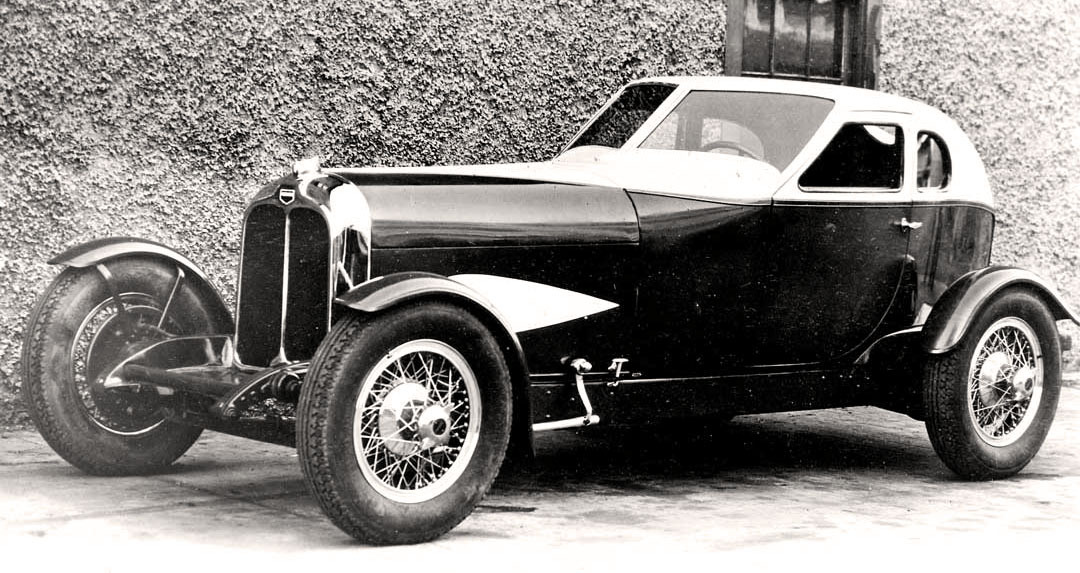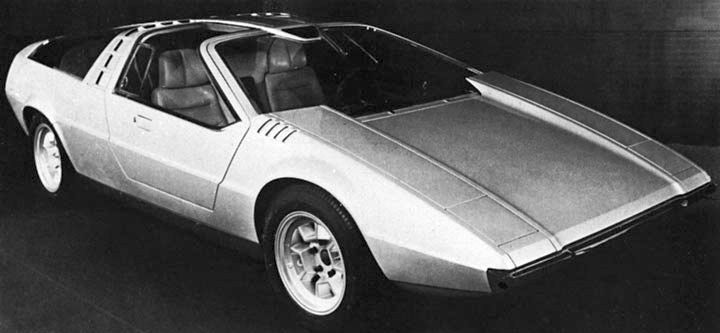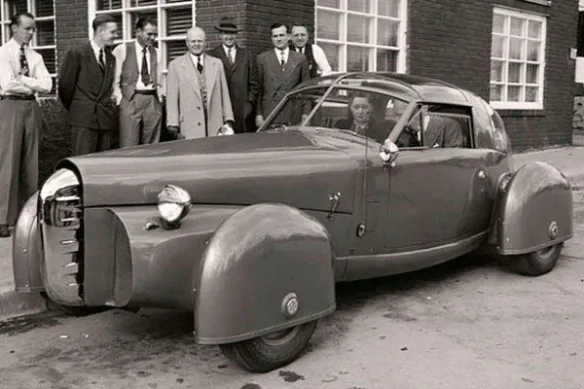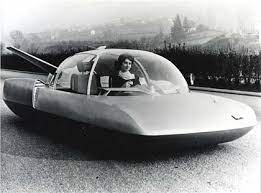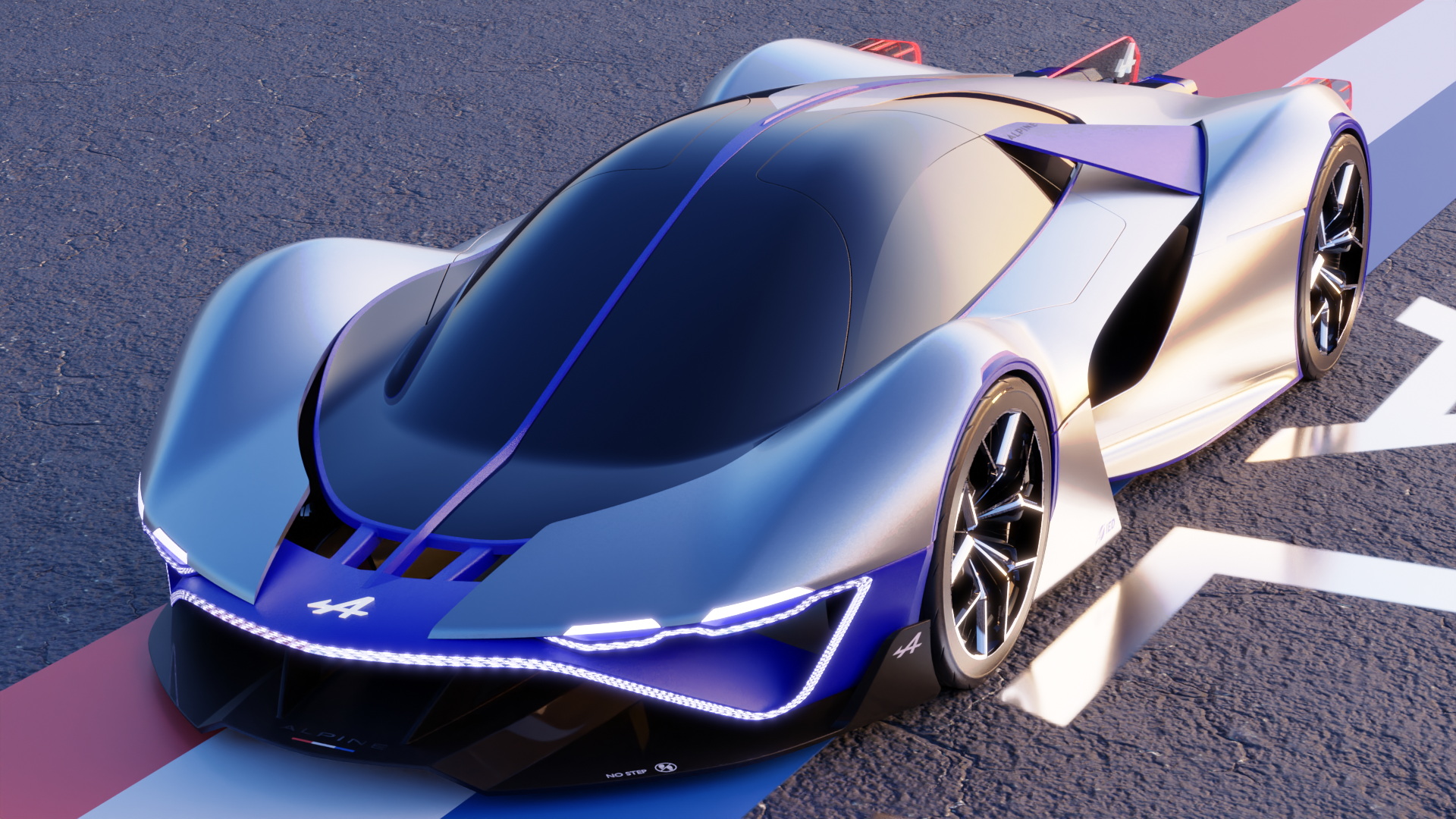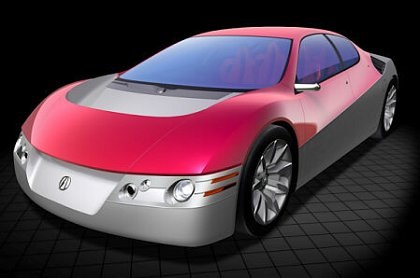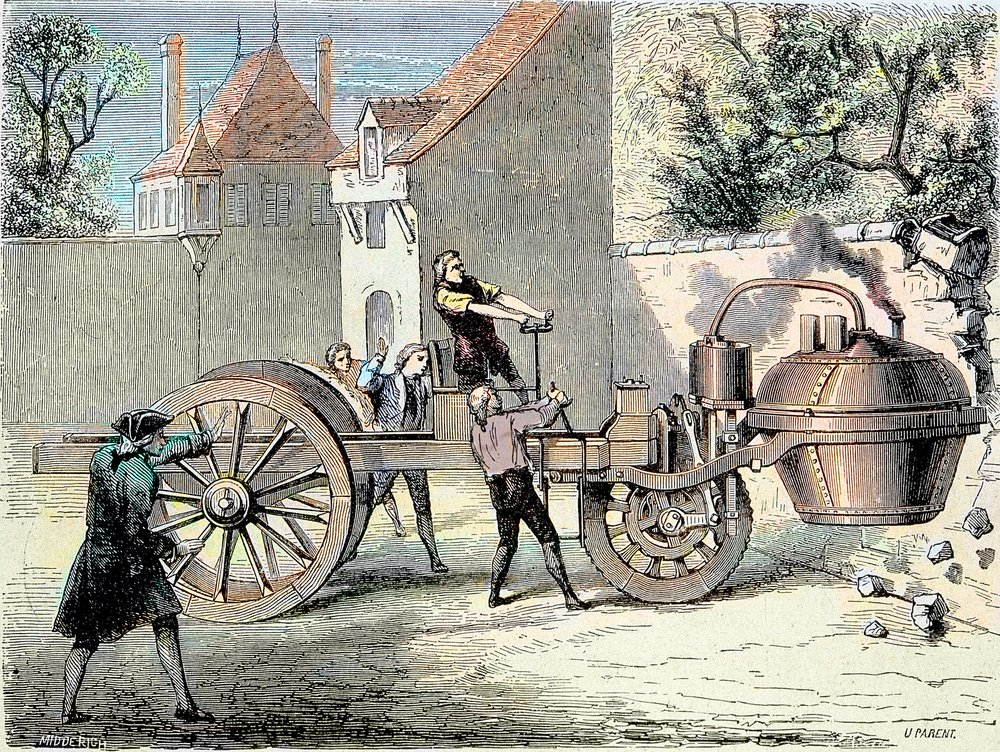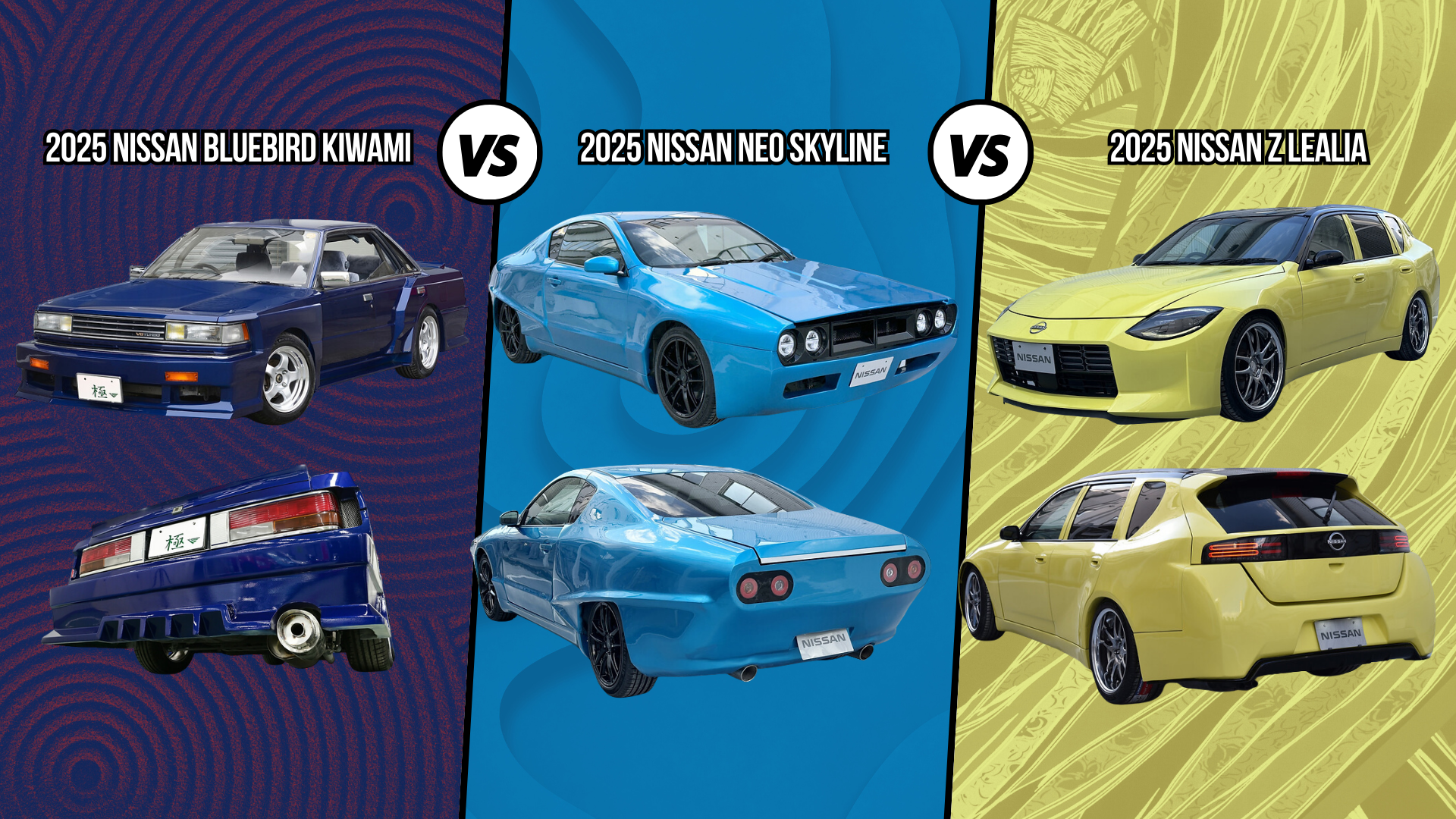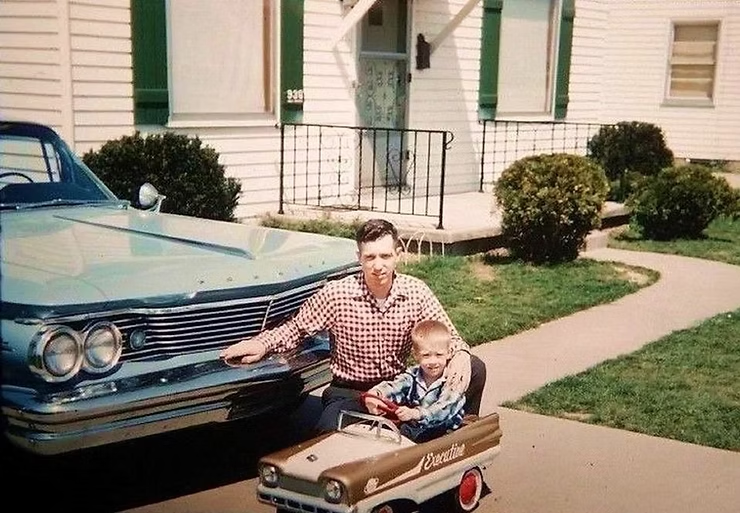In 1968, Italian automotive design was leading the world. Seemingly every auto show yielded a variety of wonderful new cars, not least among them the Maserati Ghibli. Penned by Giorgetto Giugiaro while he was working for Ghia, the Ghibli boasted incredible looks, coupled with a potent 4.7-liter V-8 engine. Perhaps the greatest testament to its styling and driving dynamics was the fact that, while it cost more than a Ferrari 365 GTB/4 Daytona at $18,900, it outsold the Daytona. The Ghibli was an iconic car, produced during a special time in automotive history, and the only way that Maserati could have improved upon it was to build a spyder—so they did.
The vehicle presented here is not only one of the one hundred twenty-eight true and highly desirable Ghibli Spyders, but its chassis and engine are also both stamped as AM115/S 1001, indicating that it is the first Ghibli Spyder ever produced and the first example ever shown to the public, as confirmed by Maserati Classiche. This is verified by a letter from Fabio Collina, the manager of Maserati Classiche, along with the Maserati-certified copies of the car’s order and delivery sheets and other official documents and receipts, all of which accompany the sale of the car. In addition to the documents from Maserati, the car is also accompanied by an original dealer sales brochure, its original Italian owner’s manual, original jack and tool roll, and a copy of the Road & Track magazine article, which features a photo of this car.
When Ghia pulled the sheets off this very car at Turin in October 1968, it wowed the assembled crowd of onlookers. Nothing was lost from the Ghibli’s fantastic styling by removing the roof, and it generated the same level of electricity and excitement in the room as the coupe had upon its debut just two years earlier at the same show. At Turin, chassis number 1001 sported bright Giallo (yellow) paintwork with a Testa di moro (dark brown) leather interior, which undoubtedly helped draw in even more onlookers.
While the production Ghibli Spyders that followed closely resembled chassis 1001, there are a number of subtle differences that make this prototype stand out from the rest. Perhaps the most noticeable of these are the recesses in the door panels where the door handles are mounted on chassis 1001. Also, the external fuel filler doors found on the rear deck of the production cars are not present on chassis 1001. While this enhanced the lines of the car, the filler caps can only be accessed by opening the boot. In addition, the boot lid is longer on chassis 1001 than on the production spyders that followed, and it has a character line added to stiffen the lid. Other differences include mounting the radio antenna at the rear of the fender, a trunk-lid release lever that operates inversely to that on production Ghibli Spyders, and Maserati and Ghibli badges located on the driver’s side of the rear fascia rather than split, as found on the production spyders. Additionally, the cylinder heads on the engine have extra impressions to allow for twin-spark ignition for each cylinder, a configuration found on early versions of the 4.7-liter engines, although none were ever thus equipped.
Following the conclusion of Maserati’s testing and development of chassis 1001, regular production began and 1001 was sold to its first private owner, Mr. Antonio Capuano, of Italy, in October 1969. Capuano drove the car for six years before selling it in 1975 to Libero Girardi. Girardi, an Italian immigrant and Ferrari mechanic living in Rhode Island, imported chassis 1001 from Italy to the United States and sold it to his son-in-law, John Ferro.
Ferro drove the Ghibli Spyder sparingly for pleasure before putting it into storage in 1986. At that time, the mileage was recorded to be just over 66,144 kilometers (41,100 miles), as documented on the period inspection sticker from the state of Rhode Island, which accompanies the car.
The car would remain in static storage for nearly 30 years before it would be seen again by the public. Purchased from Ferro by its current custodian, the car was removed from storage and sent to Brian Joseph’s Classic and Exotic Service in Troy, Michigan. Joseph, a highly regarded restorer of classic cars and the owner of several Maseratis, serviced the car’s mechanical systems where necessary to bring the car back to strong running condition. Chassis 1001 was found to have been properly stored and, as a result, required little other than the rebuilding and servicing expected for a car that had not been driven in so many years.
The first steps were the removal, cleaning, and replacement of the oil reservoir, a replacement of the oil filter, and the addition of 12 quarts of fresh oil. All four Weber carburetors were rebuilt, along with the brake master, clutch master, a slave cylinder, water pump, and brake calipers. The car’s belts, hoses, and wiper blades were replaced; hose clamps were re-plated; both thermostats were replaced; and the wheels were fitted with correct Pirelli Cinturato tires. At the same time, the cam covers were removed, and the camshafts and chains were found to be in good condition and were oiled before the engine was started. The original interior was found to be in exceptional condition and simply required a cleaning of the seats and carpets.
According to the second registered owner, the car received a repaint in its proper shade of Giallo shortly after he purchased it in 1975, and the car retains that same paintwork to this day, showing appropriate signs of wear for having been applied some 40 years ago. Chassis 1001 has never been apart, and other than its new tires and the stereo speakers and external mirrors added at the time of the repaint, it is being sold in its original, as-delivered condition. It even retains the original factory Campagnolo stickers on its alloy wheels.
After completion of the mechanical services and a cleaning of the interior and exterior of 1001, the convertible top and hideaway headlights were checked for proper functioning, and the city and country horn feature was rewired to assure proper operation. The car was then deemed ready for its show premiere.
Chassis number 1001’s first public outing in nearly three decades was at the 2014 Concours d’Elegance of America in Plymouth, Michigan, where the car won the Debut Award in its inaugural concours appearance. Later that year, the Ghibli Spyder was shown at the Hilton Head Island Concours d’Elegance and received a Palmetto Award in a very competitive Maserati class, assembled to celebrate the 100th anniversary of the marque.
The Ghibli Spyder is one of Maserati’s and Giugiaro’s most cherished designs, and it is an excellent automobile in all respects. With its sublime Italian styling and outstanding performance, the spyder only improves upon the Ghibli coupe’s incredible driving dynamics. Chassis number 1001 is an important car with known history and unique features that are not found on any other. For the astute collector, chassis 1001 represents a singular opportunity to acquire a very significant automobile—the first Maserati Ghibli Spyder.
Source & Image: rmsothebys







